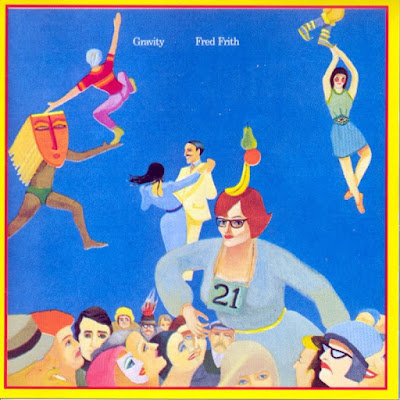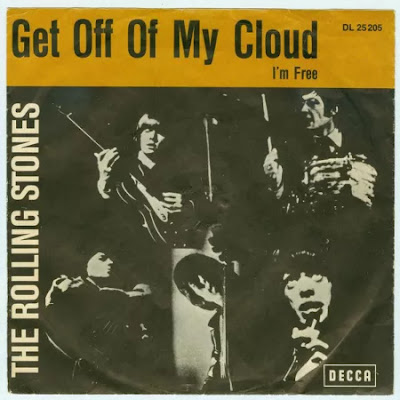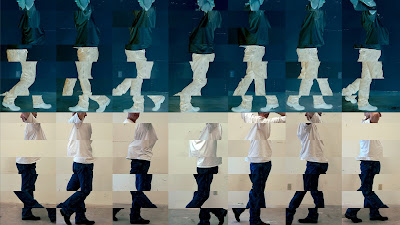
Wikipedia - "The Tatum Group Masterpieces, Volume Eight is an album by pianist Art Tatum and tenor saxophonist Ben Webster, with Red Callender on double bass and Bill Douglass on drums. The 1956 session was originally released in 1958 on a Verve Records album produced by Norman Granz, but Granz re-acquired the masters in the 1970s after the album was allowed to go out of print. He reissued the material as one of a series of eight Group Masterpieces featuring Tatum in collaboration with other artists, also issuing it as part of a boxed set, The Complete Pablo Group Masterpieces. The album has been reissued on CD, including a January 31, 1992 version with bonus tracks. The album was critically well-received, with critics singling out the combination of Webster's tone with Tatum's elaborate piano playing. The album is listed in several volumes as among the best in jazz and is recommended by the Music Library Association as an important piece for music libraries. ..."
Wikipedia
amazon
YouTube: The Tatum Group Masterpieces 57:15
















































